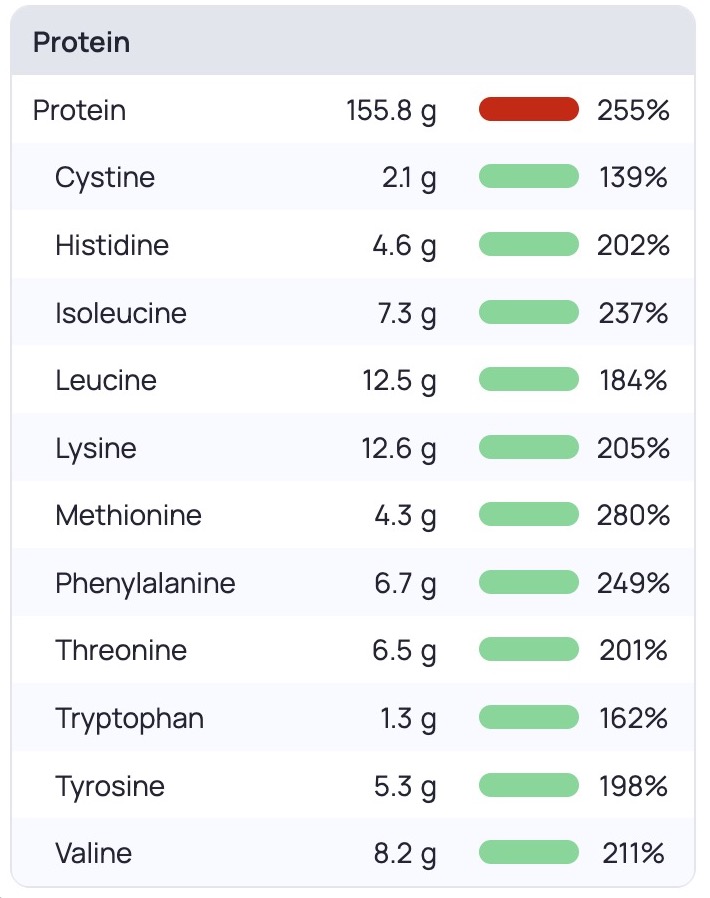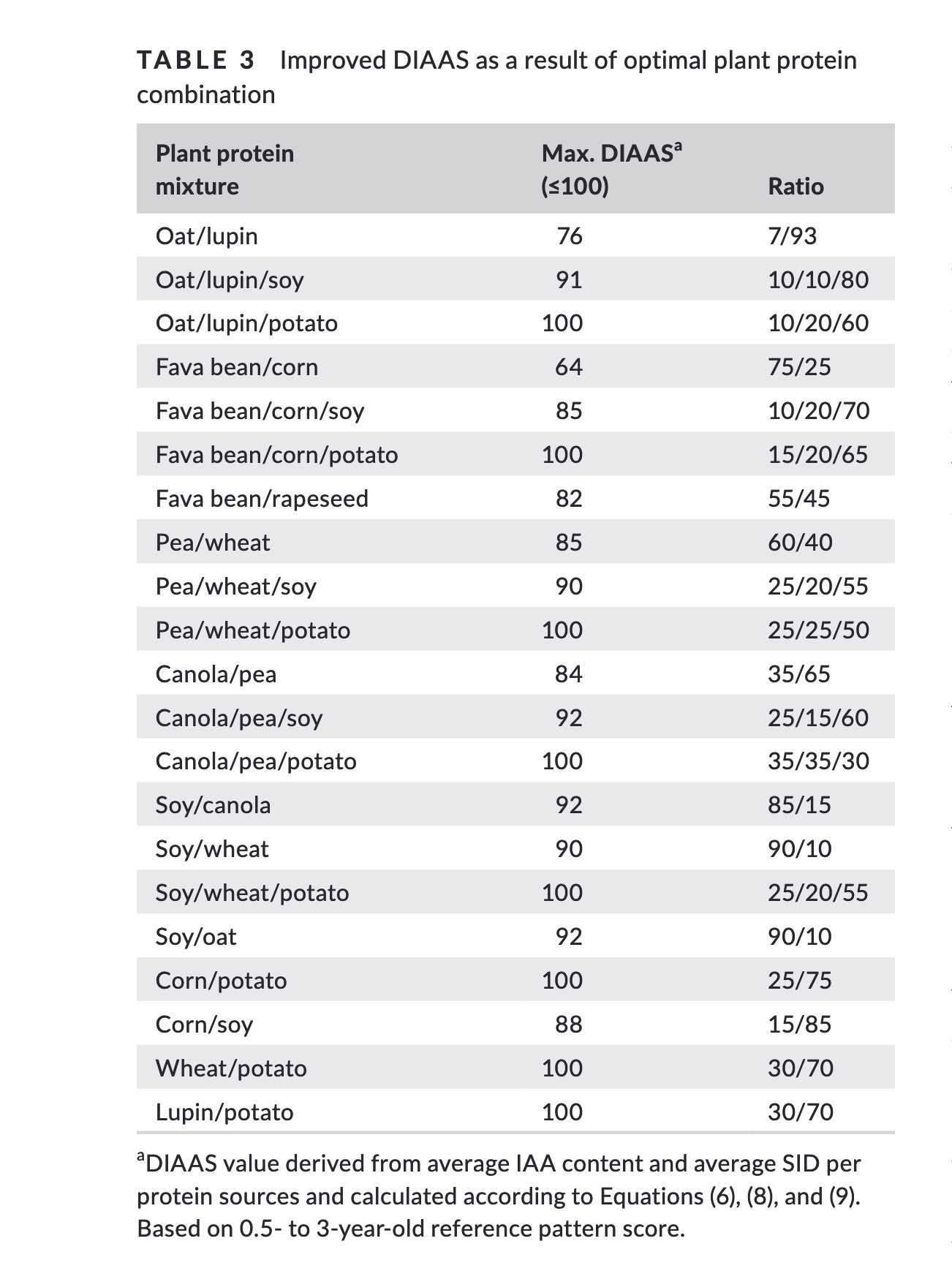Indispensable amino acid (IAA) composition and standardized ileal digestibility (SID) of five animal- and 12 plant-based proteins were used to calculate their respective Digestible Indispensable Amino Score (DIAAS) according to the three age categories defined by the Food and Agriculture Organization (FAO). Mean IAA content and mean SID obtained from each protein dataset were subsequently used to simulate optimal nutritional quality of protein mixtures. Datasets revealed considerable variation in DIAAS within the same protein source and among different protein sources. Among the selected protein sources, and based on the 0.5- to 3-year-old reference pattern, pork meat, casein, egg, and potato proteins are classified as excellent quality proteins with an average DIAAS above 100. Whey and soy proteins are classified as high-quality protein with an average DIAAS ≥75. Gelatin, rapeseed, lupin, canola, corn, hemp, fava bean, oat, pea, and rice proteins are classified in the no quality claim category (DIAAS <75). Potato, soy, and pea proteins can complement a broad range of plant proteins, leading to higher DIAAS when supplied in the form of protein mixtures and at specific ratios. Such complementarity highlights the potential to achieve an optimal nutritional efficiency with plant proteins alone.

